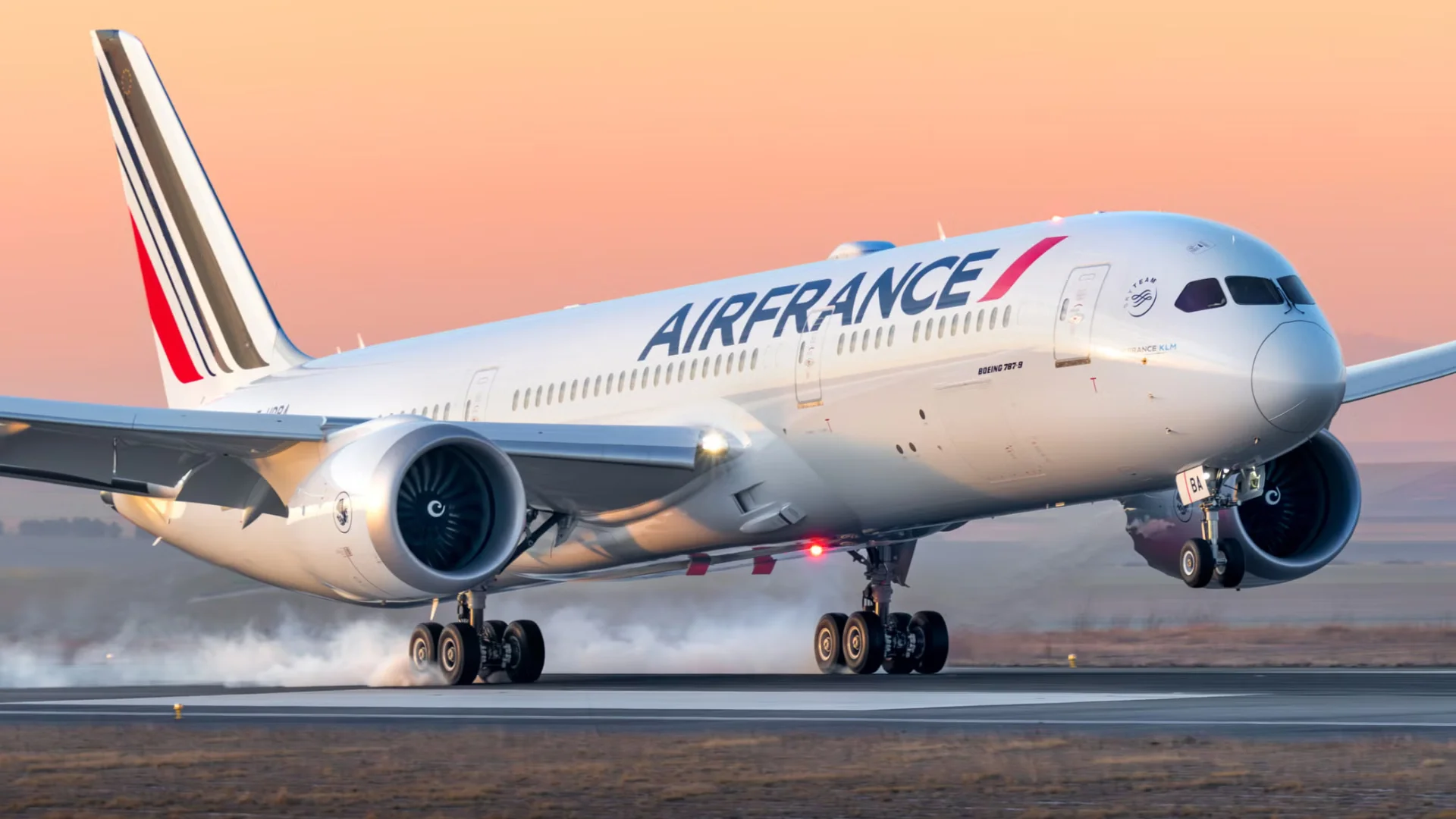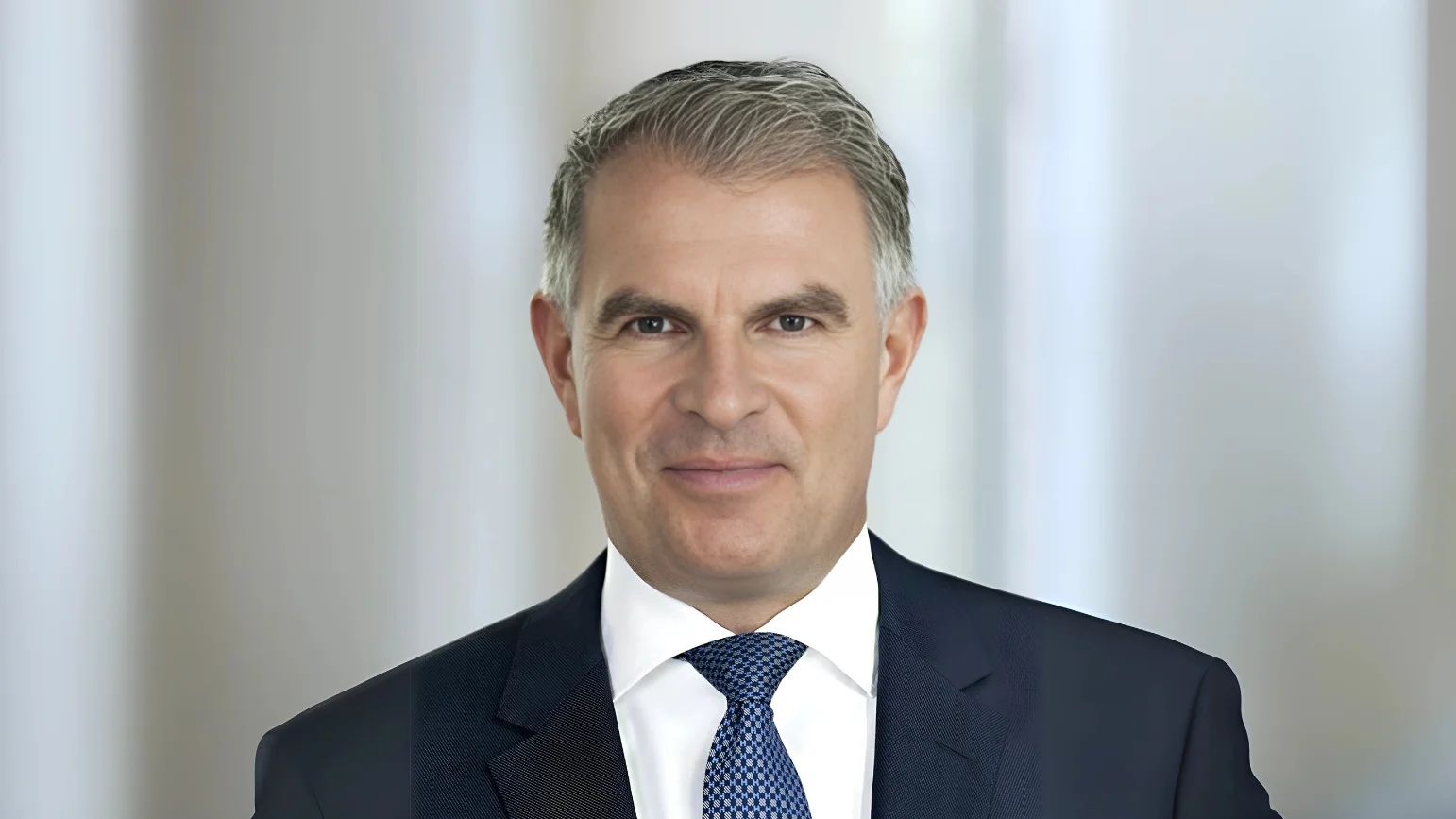The Airbus A380, the largest passenger airliner ever built, faced a significant setback when cracks were discovered in the wing rib feet of nearly 80 aircraft in service. This discovery led to inspections ordered by the European Union Aviation Safety Agency (EASA) on a third of all operational A380s.
"The BBC reported in 2012 that planes operated by Air France, Emirates, and Singapore Airlines were affected, with inspections revealing more cracking."
The issue was attributed to the materials used in certain wing brackets and stresses during manufacturing. Airbus initially used aluminum alloys for the wing rib feet while constructing brackets from carbon composite materials. To address this problem, Airbus proposed replacing carbon-composite materials with conventional aluminum for the wing brackets.
 Alerts Sign-up
Alerts Sign-up








